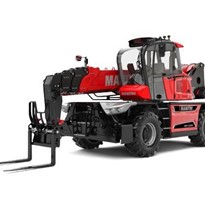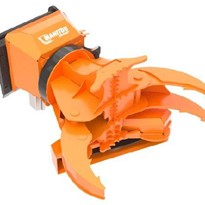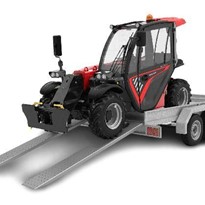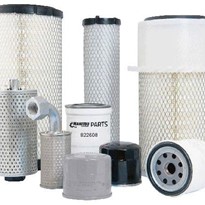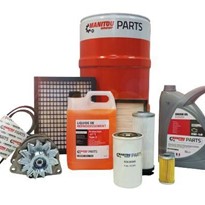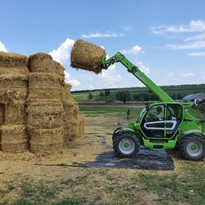With Rotational or Slewing Telehandlers gaining greater acceptance across Australian job sites some people are confused as to what it is? It’s an interesting question to decide what machine type it is but really it’s quite simple.
Look at what you can use it for, it’s unique design, versatility and what international standards it’s built to.
In the case of a Manitou MRT it is a slewing rough terrain variable reach truck [SOURCE: ISO 5053-1:2015, 3.22] – built in accordance with ISO 10896.2:2016.
You may already know AS 10896.1:2019 this is the Australian Standard for fixed boom variable rough terrain reach trucks or as we know them Manitou’s (Telehandlers) these machines are covered by AS 10896.1:2019 which is based on ISO 10896.1:2012 (non-slewing).
So a Manitou MRT is a slewing rough terrain variable reach truck [SOURCE: ISO 5053-1:2015, 3.22] – built in accordance with ISO 10896.2:2016.
ISO 10896 Part 2 specifies general safety requirements for slewing rough-terrain variable-reach trucks (hereafter known as “trucks”), consisting of a lower chassis with a slewing upper structure equipped with a telescopic lifting means (pivoted boom), on which a load handling device (e.g carriage and fork arms) is typically fitted. Fork arms and other integrated attachments are considered to be parts of the truck.
When Manitou first introduced the concept of slewing Telehandlers to Australia in late 90’s today’s standards did not exist. In fact the very first machines had no classification. In the early days of slewing Telehandlers they were also looked at as mobile cranes but today by definition and the scope of AS 1418.5-2013 Cranes, hoists and winches Mobile cranes (EN 13000:2010, MOD) that is not the case.
So a Manitou MRT by definition and design isn’t a crane, it’s a slewing rough-terrain variable-reach truck or simply a Rotating Telehandler compliant to ISO 10896-2:2016.






-160x160-state_article-rel-cat.png)
-160x160-state_article-rel-cat.png)










-205x205.jpg)
-205x205.jpg)

